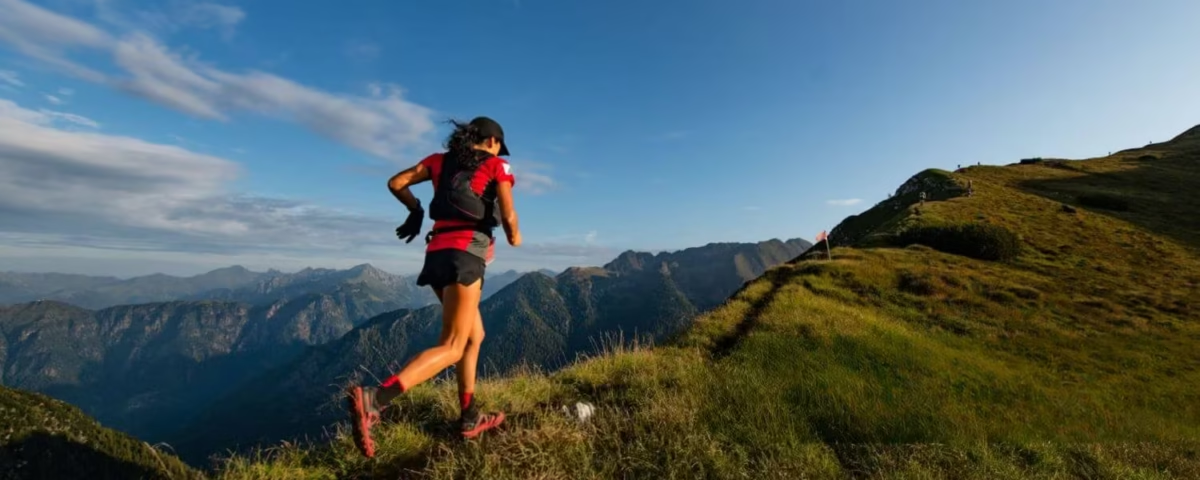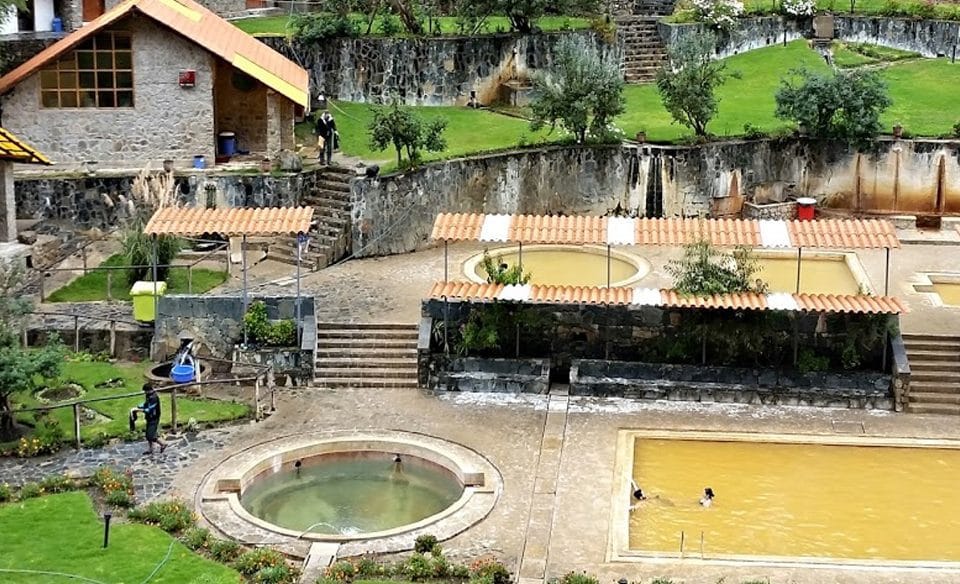Altitude & Endurance: Inca Trail Running Challenge Adventure

Running the Inca Trail is not just a trek or a race. It’s a physical, mental, and spiritual journey. The Inca Trail Running Challenge Adventure has emerged as one of the most intense and enriching experiences for runners seeking to mix endurance, culture, and adventure on one of the world’s most iconic trails. This guide is crafted to help you conquer the Inca Trail’s toughest sections, understanding its geography, legacy, and the effort it demands.
The Challenge: More than a race, a transformation
Running the Inca Trail is a deep encounter with your body, your spirit, and history. Altitudes vary between 2,400 and 4,215 meters above sea level, meaning altitude is a major factor. The Inca Trail Running Challenge Adventure demands preparation, adaptation, and unwavering willpower.
Sections like Warmiwañusca Pass or “Dead Woman’s Pass” push runners to their limits. Steep climbs, endless stone steps, and rapidly changing weather make this a challenge even for seasoned athletes. But therein lies the beauty — conquering the Inca Trail is not just about reaching Machu Picchu. It’s about conquering yourself.
Location: Between sacred mountains and cloud forests
The Inca Trail covers over 40 kilometers through Peru’s Andes, crossing majestic landscapes from the Sacred Valley to the Sun Gate (Inti Punku), the ceremonial entrance to Machu Picchu. This route is part of the Qhapaq Ñan, the Incan road system, and every step connects you with the legacy of an ancient empire.
The Inca Trail Running Challenge Adventure is a body test, but also a spiritual journey, where every stone has ancestral meaning.
Culture & Worldview: Running with purpose
For the Incas, roads were not just paths — they were spiritual veins connecting humans to the Apus (mountain spirits) and the cosmos. Participating in the Inca Trail Running Challenge Adventure is a chance to run with intention and reverence.
You’ll pass through ancient ceremonial sites like Runkurakay, Sayacmarca, and Phuyupatamarca. These are not just ruins — they are spaces for introspection and gratitude. Adding a spiritual pause to your race may be your strongest source of energy.
Extreme Geography: From cold heights to humid jungle
A standout feature of the Inca Trail Running Challenge Adventure is its rapid geographical shift. You may begin in a cold, arid mountain climate and, hours later, find yourself running through a warm, humid jungle. This demands not only physical stamina but strategic thinking.
Descending might seem easier, but it’s also dangerous. Incan stone steps are uneven, and the terrain can get slippery. Proper shoes, solid descending technique, and constant focus are key.
Mental Preparation: Your true muscle
In this challenge, the mind is your greatest ally. Prior acclimatization in Cusco, a balanced diet rich in carbs, and breathing techniques are crucial. But beyond the physical, you must cultivate patience and humility.
The Inca Trail Running Challenge Adventure is not a race to rush — it’s a race to absorb. Every step is a story. Every climb, a life lesson.
Tourism Impact: Beyond Machu Picchu
Although Machu Picchu is the final destination, the journey is the true gem. This trail has become a high-value tourist attraction, drawing athletes worldwide to experience the Inca Trail Running Challenge Adventure as a life-changing event.
It promotes adventure and cultural tourism while creating opportunities for local communities and reinforcing conservation of heritage.
Practical Tips for Runners
- Acclimate: Arrive in Cusco at least 3 days early.
- Gear: Trail running shoes with excellent grip.
- Nutrition: Energy bars, coca leaves, or tea for altitude.
- Respect: Leave no trace. This is sacred land.
- Train smart: Practice on altitude trails if possible.
A Soulful Adventure
The Inca Trail Running Challenge Adventure is more than an athletic feat. It’s a path to connect with yourself and the living legacy of an empire whose energy still breathes in these mountains, roads, and rituals. Dare to run not just with your legs, but with your heart.
Ready to Take the First Step?
Contact us today to start curating your unforgettable journey. The Inca Trail Running Challenge is waiting for you.






